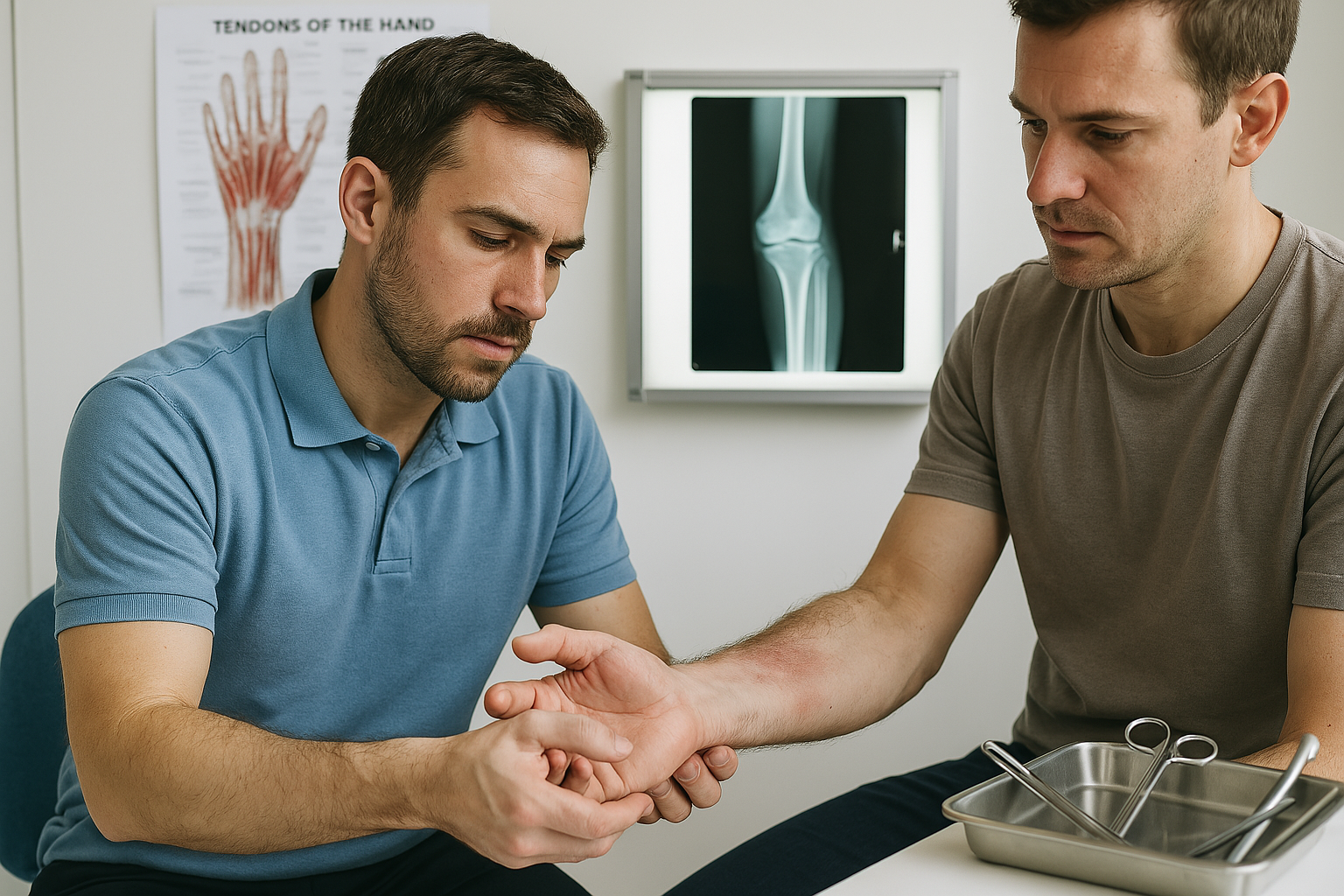Management of Upper Extremity Tendon Injuries & Fractures
Upper extremity tendon injuries and fractures are common yet complex conditions that significantly impact mobility, strength, and daily functioning. From sports-related trauma to accidental falls, these injuries can vary in severity and require a structured approach to diagnosis, treatment, and rehabilitation. Early and accurate intervention is key to restoring function and preventing long-term complications.
Understanding Tendon Injuries and Fractures
Tendons connect muscle to bone, enabling movement in the upper limb. Injuries may occur due to overuse, lacerations, or sudden trauma. Common tendon injuries in the upper extremity include:
- Rotator cuff tears
- Biceps tendon ruptures
- Extensor and flexor tendon lacerations in the hand or forearm
Fractures, on the other hand, involve broken bones and can affect the humerus, radius, ulna, or small bones of the hand. These often occur with direct trauma and may be closed, open, or involve joint dislocation.
Diagnosis and Clinical Evaluation
Proper diagnosis begins with a thorough patient history and physical examination. Clinical signs such as swelling, deformity, bruising, loss of movement, and tenderness guide initial assessments. Imaging techniques like X-rays, MRI, and ultrasound help confirm the type and extent of damage.
- X-rays are used for visualizing fractures.
- MRI is useful for identifying soft tissue injuries including tendon tears.
- Ultrasound is quick and effective in dynamic tendon assessments.
Treatment Strategies
Treatment depends on the type, location, and severity of the injury.
Tendon Injury Management
- Non-Surgical Approach: Mild to moderate tears or strains are treated with rest, ice, immobilization, and physical therapy.
- Surgical Repair: Full-thickness tendon ruptures or lacerations often require surgical intervention followed by a structured rehab plan.
- Splinting and Bracing: Custom splints help offload stress on healing tendons while preserving function.
Fracture Management
- Closed Reduction & Casting: For non-displaced or simple fractures.
- Surgical Fixation: Plates, screws, or external fixators may be needed for unstable or complex fractures.
- Immobilization Period: Varies depending on the site of injury but is always followed by guided rehabilitation to restore strength and range.
Role of Rehabilitation
Rehabilitation is a critical component of recovery for both tendon injuries and fractures. It includes:
- Early mobilization (when appropriate) to prevent stiffness.
- Strengthening exercises targeting the affected muscles and joints.
- Manual therapy to improve mobility and reduce scar tissue formation.
- Functional retraining for return to daily activities or sports.
Preventing Complications
Delayed or improper management can lead to complications such as joint stiffness, chronic pain, tendon adhesions, or malunion of bones. Patient education, adherence to treatment plans, and regular follow-ups are essential in preventing long-term dysfunction.
Conclusion
Effective management of upper extremity tendon injuries and fractures requires a multidisciplinary approach, including accurate diagnosis, timely treatment, and focused rehabilitation. Whether surgical or non-surgical, the goal is always to restore optimal function and quality of life. For clinicians and therapists, staying updated with evidence-based practices ensures better outcomes and faster recovery for patients.

